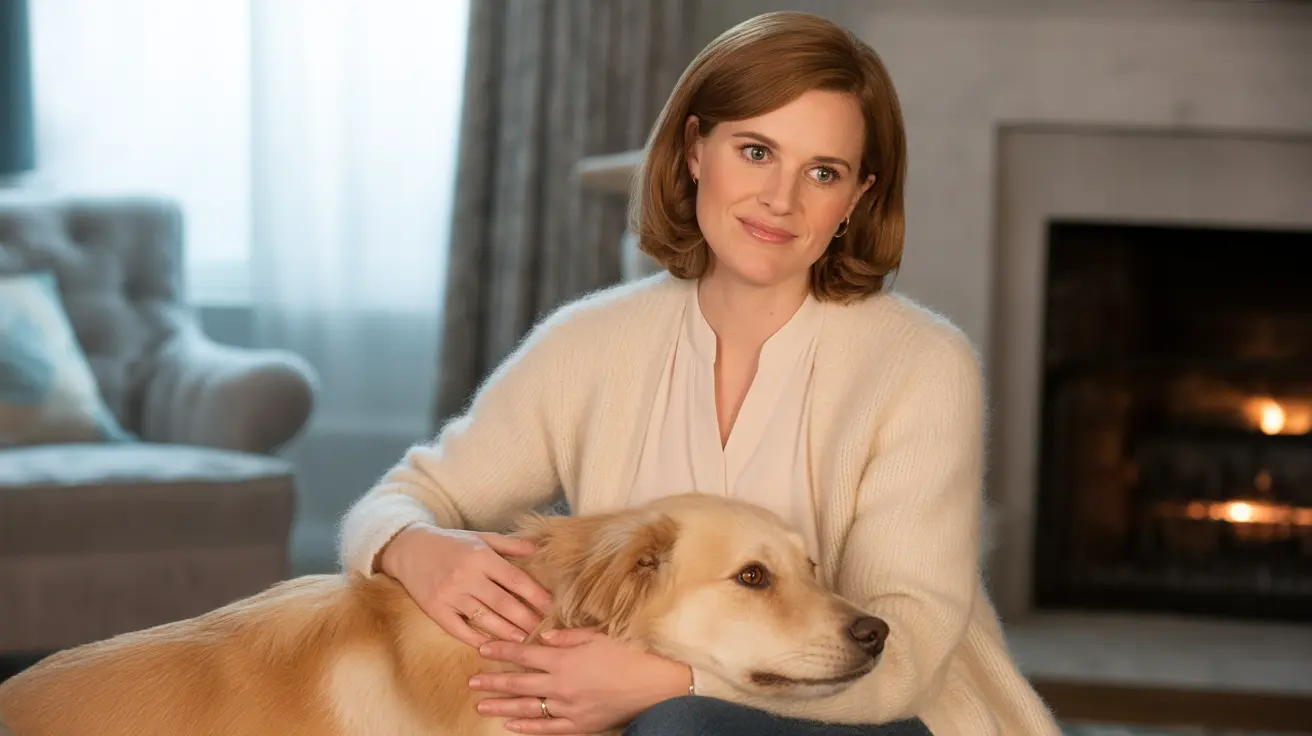When to Start Crate Training a Puppy and How to Do It Right
Crate training is a highly effective method to help a puppy develop house manners, prevent destruction, and provide a safe den-like space. Starting at the right time is essential for success. This guide outlines when to begin crate training, how to do it properly, and tips for long-term positive results.
Why Crate Training Matters
A crate mimics a natural den environment, offering your puppy a safe, quiet refuge. It also helps in house training by preventing accidents and discouraging destructive behavior when you're not around to supervise. Used correctly, it becomes a comfort zone rather than a punishment tool.
When to Begin Crate Training
Crate training can start as early as eight weeks of age. At this stage, puppies are highly impressionable. Introducing a crate with plenty of positive associations early helps them see it as a regular part of life. Make sure to proceed gradually and be patient.
Step-by-Step Guide to Crate Training
- Introduce the Crate: Place the crate in a common area like the living room. Leave the door open and let your puppy explore it. Place treats and toys inside to attract and reward entry. Never force the puppy in.
- Feed Meals in the Crate: This builds a positive association. Start feeding near the crate, then progressively move the dish inside. Begin closing the door during meals, and aim to extend closed time as comfort improves.
- Short Independent Crating: Practice placing the puppy in the crate with a command like “crate” or “kennel up.” Sit nearby at first, then leave for short periods. Slowly increase the duration your puppy stays in the crate while you’re away or out of sight.
- Crating Overnight and When Alone: Once the puppy can stay crated for 30 minutes quietly, you can begin overnight crating or short daytime absences. Keep the crate near you initially to monitor nighttime needs.
- Ongoing Maintenance: Even as your puppy matures and no longer needs to be confined regularly, leave the crate open and accessible as a retreat. Always keep the crate a positive space.
Key Tips for Effective Crate Training
- Use an appropriately sized crate: One that's big enough for turning and lying down but not so large that it encourages elimination.
- Never use the crate as punishment: Doing so creates fear rather than comfort.
- Be patient: Crate training must proceed in small, positive steps over days or even weeks.
- Monitor crating duration: Puppies can only hold their bladder for about one hour per month in age, plus one hour.
- Keep experiences positive: Use toys, treats, and verbal praise to reinforce good behavior.
Common Mistakes to Avoid
- Rushing the process: Advancing too quickly can cause anxiety.
- Using the crate for punishment: This leads to fear and resistance.
- Long confinement times: Puppies need social interaction, potty breaks, and play.
- Responding to whining improperly: Avoid letting them out while whining, or it may reinforce the behavior. Only respond if you suspect they need to eliminate.
FAQs About Crate Training Puppies
- Is it okay for a puppy to sleep in a crate overnight? Yes, especially when supervised and offered a chance to go out at night.
- When should you begin crate training? Start around eight weeks of age.
- How long can a puppy be crated? A general rule is one hour per month of age plus one hour, not exceeding three to four hours for puppies under six months.
- Do I need bedding in the crate? Yes, as long as it's safe and not chewed.
- Should I crate the dog while I’m away? Yes, but time it wisely and make sure the puppy gets enough exercise and attention before and after.
Conclusion: Crate training, especially when started around eight weeks of age, is a healthy and helpful routine for both your puppy and your household. When properly executed, it can enhance your dog’s sense of security and support a lifetime of good behavior.





